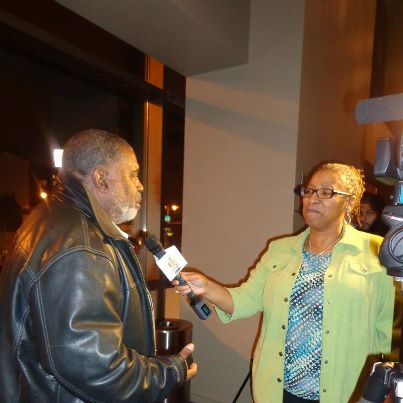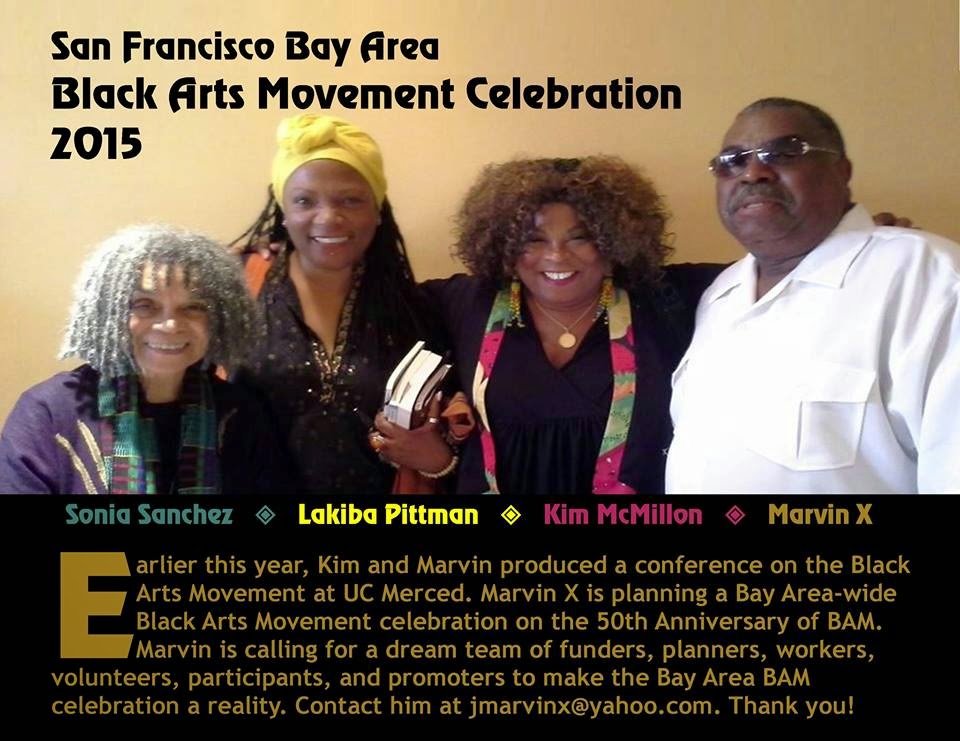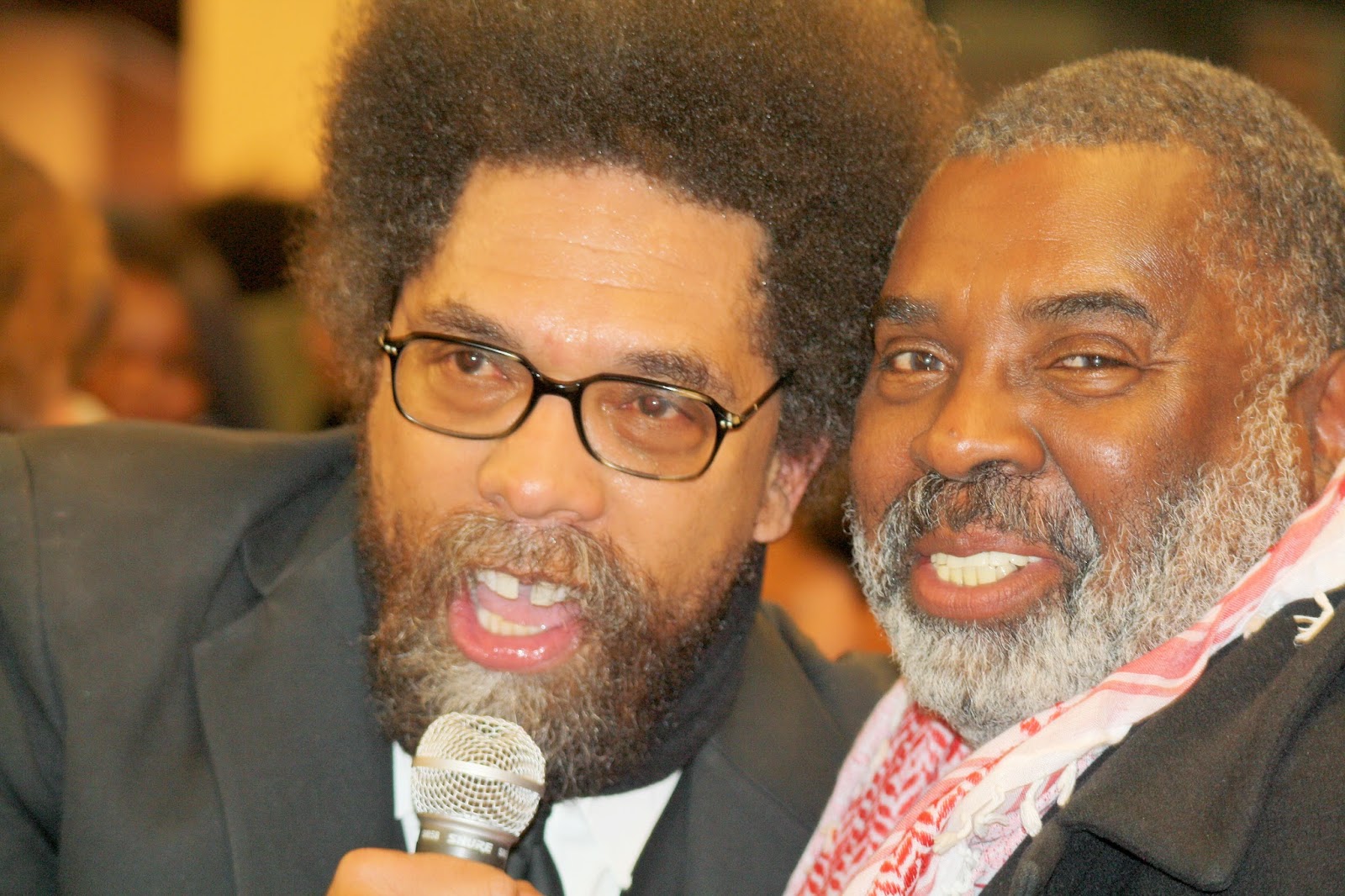Michael Henry Adams, center, leading a demonstration against razing the Renaissance Theater and Casino in Harlem last month. Photo Credit Bryan R. Smith for The New York Times
The Renaissance Theater and Casino in Harlem has been vacant for more than 30 years. The doors and arched Palladian windows are covered in warped sheets of wood. The tapestry brick on the squat, blocklong two-story building is loose, and many of the mosaic tiles inspired by architecture in North Africa have fallen away. Tree branches pierce the roof.
One Sunday morning, an empty half-pint liquor bottle marked the ballroom entrance that Lindy hoppers, basketball fans and boxing enthusiasts once walked through. Down the street, the theater where Paul Robeson had performed is now a fenced-in dirt lot.
There are two competing visions about how to revitalize the Renaissance, which is along Adam Clayton Powell Jr. Boulevard at West 137th Street. One calls for demolition. The other, preservation. As churchgoers and tourists walked by on a recent Sunday morning, the preservation campaign was on full display. A man wearing a bowler hat and round-framed glasses bellowed from the sidewalk a chant of three woeful words: “Save Harlem now.”
Starting in mid-November, Michael Henry Adams, 58, has stood on the corner outside the Renaissance on Sundays as a human bullhorn against plans to tear it down. Led by the Abyssinian Development Corporation, the real estate arm of the Abyssinian Baptist Church, a group of investors recently sold the building, once a storied social club owned, operated and frequented by blacks, to BRP Development Corporation for $15 million. In November, BRP applied to New York City for a demolition permit. The developer plans to turn the Renaissance into a glassy apartment tower, with stores, a restaurant and a community center below, next to Abyssinian Baptist Church. “That to me is the cultural and historical catastrophe about to happen,” Mr. Adams said. “We have to save this.”
Meredith Marshall, a managing partner at BRP and a longtime member of Abyssinian Baptist Church, said that he respected the significance of the Renaissance, but that unfortunately through time and neglect, “there’s nothing to save but memories.”
The Renaissance opened in 1921. There was nothing like it.
The venue was built in stages, with its frieze of polychrome Moorish-style glazed tile designed by the theater architect Harry Creighton Ingalls. The complex included a ballroom, a billiard parlor, stores and the China House restaurant.
Owned by William H. Roach, the Renaissance was a leading hot spot in Harlem and the city. Known as the Renny, it hosted Joe Louis fights. Big bands led by Cab Calloway, Count Basie and Duke Ellington performed on its stage. The Renaissance was also the home court, at a time when blacks were barred from the National Basketball Association, for the Black Fives basketball team known as the Harlem Rens, regarded as one of the best of its time. The adjacent 900-seat theater featured movies by Oscar Micheaux, the first African-American to produce a feature-length film. The casino was used for a 1923 anti-lynching meeting held by the N.A.A.C.P. In 1953, David N. Dinkins, who went on to become the city’s first black mayor, and his bride held their wedding reception there.
The Renaissance started to taper in the 1960s as integration opened downtown clubs to blacks. It closed in 1979.
Mr. Adams, a historian, the author of the book “Harlem: Lost and Found” and a tour guide based in Harlem, moved to the neighborhood from Akron, Ohio, in 1985. He came for the graduate program in historic preservation at Columbia University, but did not complete his degree. Until recently, Mr. Adams worked as the community cultural associate for State Senator Bill Perkins, Democrat of Harlem. Mr. Adams seemingly cannot walk along a Harlem street without stopping to admire the gorgeous architecture of a building that now houses a business or a restaurant, or to share its back story.
There are a number of historical districts in Harlem. Still, Mr. Adams has long argued that the city’s Landmarks Preservation Commission has ignored much of the neighborhood. On occasion, his protests have gotten him arrested for disturbing the peace, mostly recently outside the Renaissance. Bit by bit, Mr. Adams said, too many cultural and historical sites in Harlem — sites that make Harlem, Harlem, made iconic through black achievement — have been chiseled away. His requiem of places erased in whole or in part includes: the Cotton Club, the Lafayette Theater, Connie’s Inn, the Ubangi Club, the Audubon Ballroom, the Savoy Ballroom, the Harlem Opera House, Madam Walker’s house and beauty salon, Smalls’ Paradise, the Rockland Palace dance hall, Lewisohn Stadium, Pabst’s Harlem, the Eisleben Building, the Church of the Master and the Lenox Lounge.
The building in the 1920s. In part, because such cultural markers have been lost, the Renaissance, which never officially gained landmark status, takes on even more meaning.
“There is nothing left. This is it,” Mr. Adams said. “It defines the community. If it’s gone — ” he paused and then said, his voice rising: “You can name streets after dead black leaders all you want, but what’s left for people to see? It’s cultural genocide.”
On a recent Sunday, Mr. Adams was joined by Claude Johnson, founder and executive director of the Black Fives Foundation, devoted to the history of the black basketball league. “What hurts so much about the demolition of this building,” Mr. Johnson said, “is that this was the heart of black culture.” But what the preservationists see as an attempt to destroy history was born out of an effort to save it. More than a decade after the Renaissance closed, when the building was littered with trash and overrun by vermin, the Rev. Calvin O. Butts III, pastor of Abyssinian Baptist Church, organized a group of small business owners in Harlem to buy the site. The group bought the $300,000 mortgage for the Renaissance in 1991, the same year that landmark status of the building was proposed to the city’s landmarks commission; in 1997, a court-appointed mediator awarded the business owners the title to the property.
“The idea was we don’t need downtown hotels,” said Kevin McGruder, who at the time was the real estate director at Abyssinian Development Corporation and who is now assisting Mr. Adams and others on possible ways to preserve the Renaissance. “We can do events here.”
Abyssinian Development, Mr. Butts said in 1995, planned to restore the building as a ballroom with a restaurant and a 500-seat theater. The Renaissance, however, continued to languish.
“Everybody wanted to develop it,” he said in an interview this month with Mr. Marshall of BRP Development. “But all of them had big ideas and no money.”
In 2007, Mr. Butts successfully lobbied the landmarks commission to have it removed from consideration, he said, to spur its redevelopment. At the time, the development corporation said it would replace the Renaissance with a 13-story apartment house but that it would save the exterior of the northern part of the complex. This would be incorporated into a larger performance, ballroom and community space. Still, the Renaissance sat.
“It should have been landmarked,” said Peg Breen, president of the New York Landmarks Conservancy, adding that she gave Mr. Adams credit for raising awareness. But in 2007, the conservancy sided with Abyssinian in saying that the building should not gain landmark status. Looking back, Ms. Breen said, “Maybe it’s a lesson.” But at some point, she said, preservation comes down to economics. “And is someone willing to invest to put it all together, and to what use?” she said. “It’s a shame to see it deteriorate like that.”
The Rev. Calvin O. Butts III, pastor of Abyssinian Baptist Church. Sometimes it is too late.
The Renaissance sits along a somewhat barren strip near the storied Strivers Row townhouses and a French-Senegalese restaurant, Ponty Bistro. Most of the surrounding residents are working class and black. More than a third of the households in this section of Harlem have incomes of less than $25,000 a year, census data show.
“The greatest need, perhaps in our community today after education, is housing,” Mr. Butts said.
The construction project will include a 134-unit apartment building, with affordably priced homes, Mr. Marshall said, and 17,500 square feet of retail space. The project’s estimated cost is $70 million.
The site will also include an education center, where Mr. Butts said students can learn life skills, get homework help and study cultural figures such as Langston Hughes, Countee Cullen and Maya Angelou. It will also have a performance space where, he imagined, students can revive classic works like “A Raisin in the Sun” by Lorraine Hansberry. For him, it is the same mission that he had more than two decades ago.
But none of the Renaissance building would remain.
“If I could save it, I would,” Mr. Butts said.
Some remain unconvinced. “I can’t see why we can’t, or the developer did not feel it necessary to, keep the facade,” Chet Whye, a community activist in Harlem, said. “And to add insult to injury, they’re going to call the building the Renny.”
Mr. Marshall sees it as a level of preservation.
“I want to preserve as much of Harlem as I can,” he said. He hopes to salvage some of the mosaic near the parapet of the old building, maybe for an interior archway. The Renaissance has a long, deep history, he said, but he echoed that there is little left to save. “We’re going to remove the remnants and build anew.”
Mr. Adams contends that people save what they want to save.
Days before his next protest, a passer-by stopped Mr. Adams by the Renaissance and thanked him for his preservation efforts. The two then bumped elbows. “Some cannot imagine how you can take a wreck like that and bring it back to life,” Mr. Adams said. “But what will be lost in the meantime is a great deal, and that’s what I’m fighting against.”
![]()
![]()
![]()






















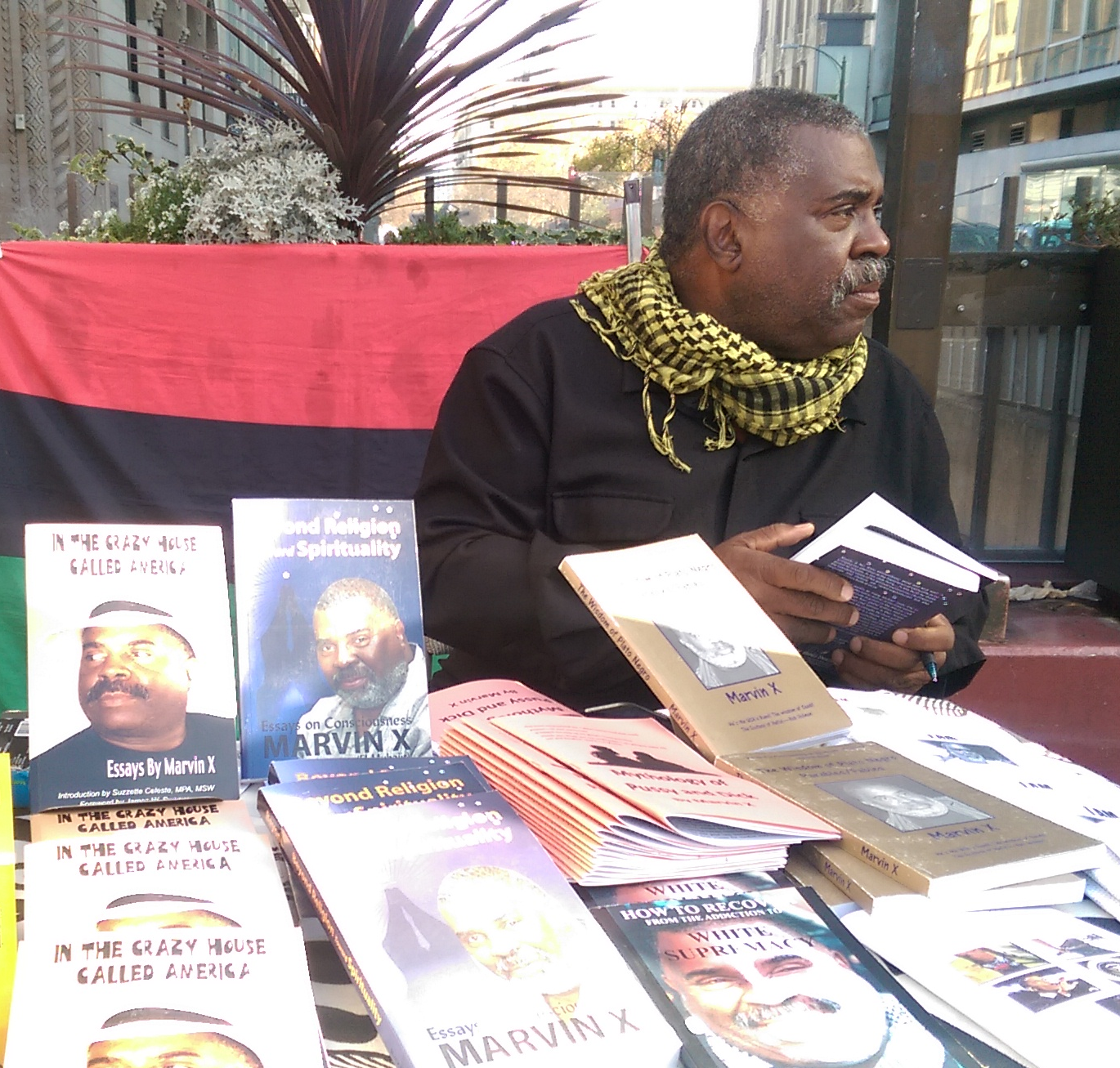

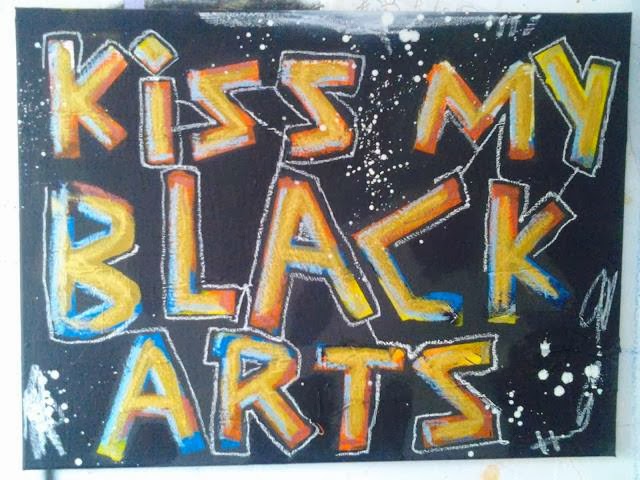

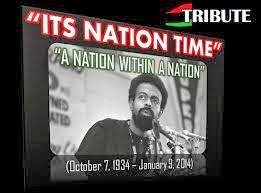
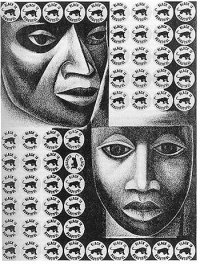




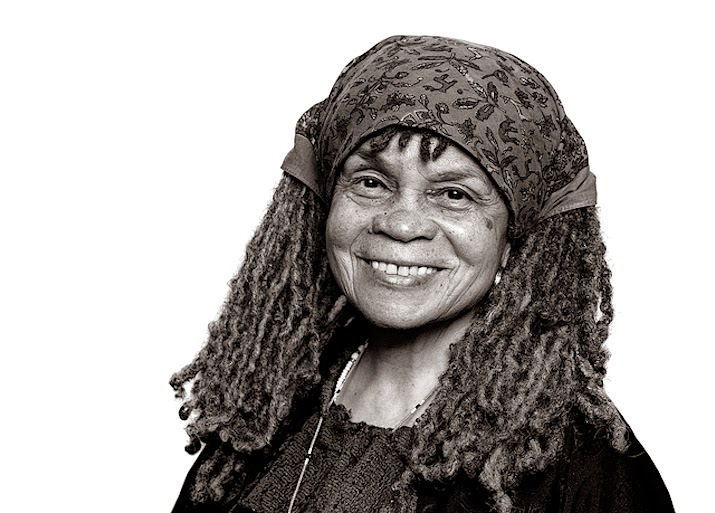

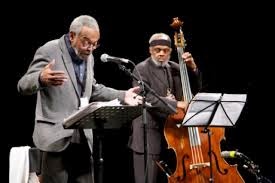
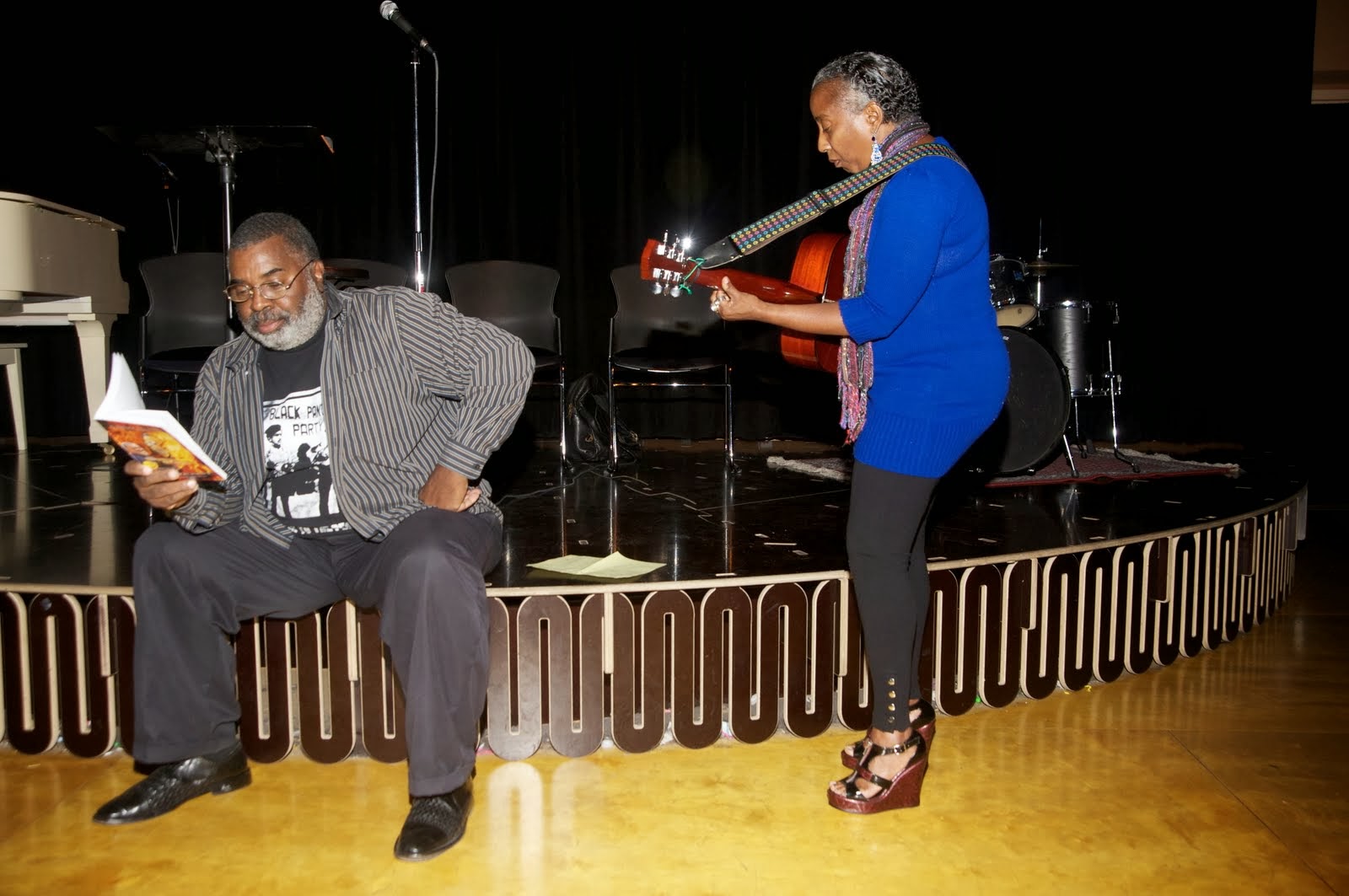

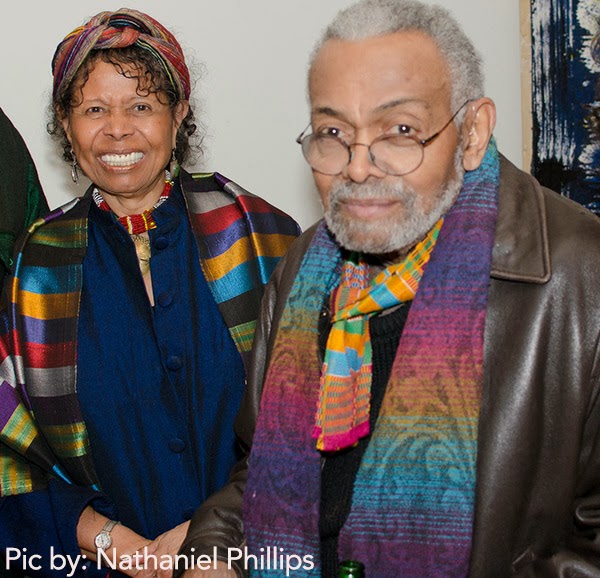

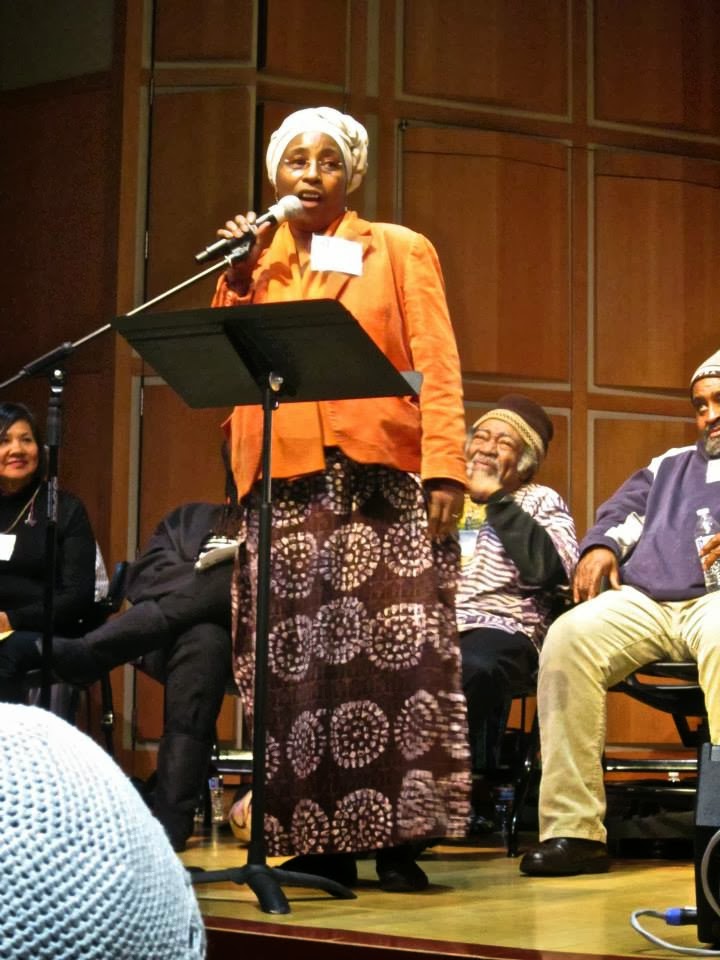









 Would you like to have Bobby Seale speak at your university, college, service group, community gathering or event?
Would you like to have Bobby Seale speak at your university, college, service group, community gathering or event?


 In mid-2014, Brothers' Network Board Member and Tony-nominated actor
In mid-2014, Brothers' Network Board Member and Tony-nominated actor 

























